Should I delete inactive subscribers from my email list or should I continue to email to inactive customers? It’s a question that often puzzles marketers. Because they, like you, have spent lots of time and resources building an email list.
The exact answer depends to a great extent on what your ‘inactive’ definition is. There are different types of email subscribers who aren’t active: customers who’ve stopped buying, active customers who buy but rarely open emails, unengaged customers who never buy, and so on.
For the sake of simplicity, the definition of inactive subscribers that we’ll use is this: subscribers who have neither opened your emails in the past 3 to 6 months (assuming that you send out emails at least once a month) nor have made any purchase.
If you haven’t sent any emails in the past few months, you wouldn’t know which of the subscribers are no longer interested. In that case, you can try some of the proven strategies to send emails to old lists. But if you have been sending out emails regularly and you have a bunch of subscribers who show no action, well, you need to take a call.
It makes sense to cull your email list. Not all marketers agree, but quite a few do.
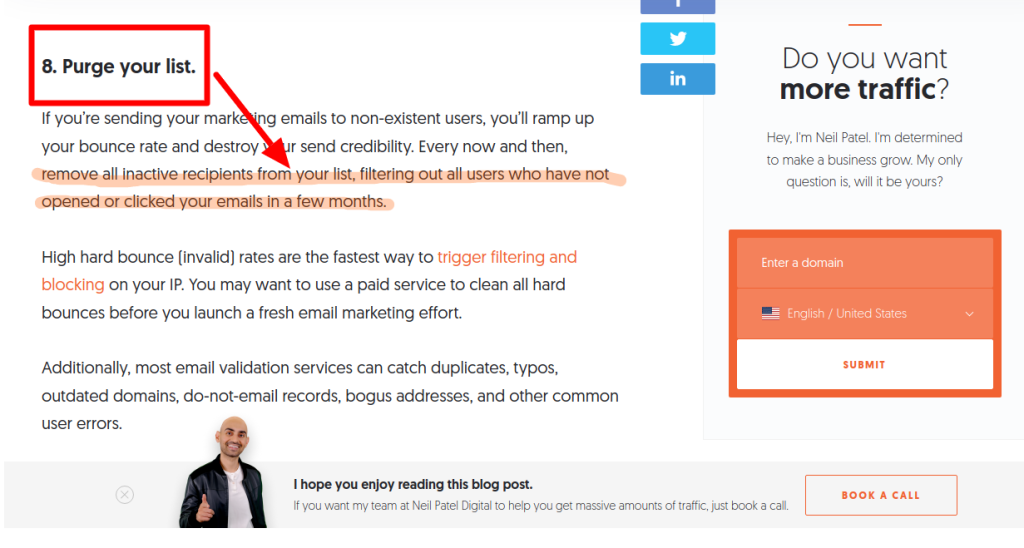
Here’s seven reasons why you should remove inactive subscribers from your list.
1. Improves email deliverability
One of the most important indicators of a spam message is its poor open rate and non engagement. So if a subscriber doesn’t open incoming emails from the same sender repeatedly, these emails may soon be treated as spam.
Consider this: You send out 3,000 emails out of which 90 are opened (which is a 3% open rate). Your competitor sends out 1,000 emails out of which 400 are opened (which is a 40% open rate).

No prizes for guessing which of you is more likely to be labeled a spammer.
The email server could begin pushing your emails into the spam folder of even your engaged customers. That’s because the server thinks you’re spamming people by sending emails they aren’t interested in.
Key benefit: By removing inactive subscribers, you will achieve a substantial bump in email deliverability rate. Email servers won’t have any reason to suspect you or push your legit emails into the spam folders of engaged subscribers.
Recommendation: In addition to removing the inactive email addresses, you should clean your email list with the help of a bulk email verifier.
2. Cuts costs
Sure, email marketing ROI is great, and email marketing is convenient. But it’s not free.
There’s the cost of maintaining an email list with your ESP (email service providers). Then there’s the cost associated with sending emails. After that, your teams spend time analyzing the performance of these emails.
Finally, there’s some hidden costs too. You’re spending resources chasing people who aren’t interested in what you have to offer.
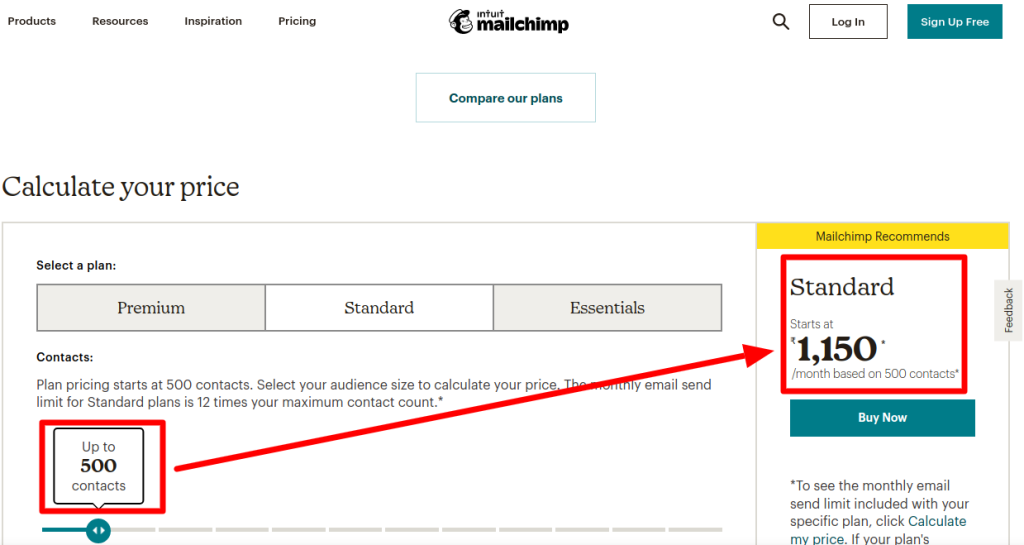
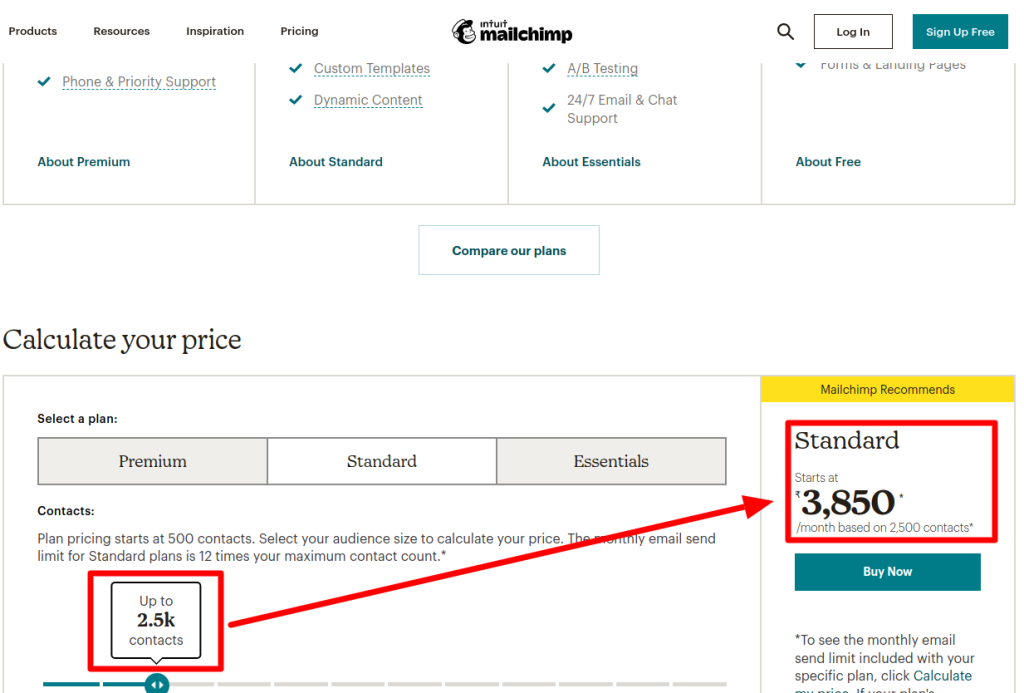
You can see above how MailChimp pricing changes drastically when the number of contacts increases from 500 contacts to 2,500 contacts. Removing inactive subscribers clearly helps you save money.
Key benefits: By removing inactive subscribers, you can cut costs associated with email marketing. You can use that sum in brand building or giving discounts to your existing customers.
Recommendation: It’s good to try and get the best price, but don’t forget to look beyond fees. Reliability and accuracy of your service provider also matter the long run
3. Improves your analytics
In email marketing, inactive subscribers on your mailing list bring a hidden but substantial disadvantage: they skew your analytics.
Here’s what happens. Let’s assume you are sending emails to 2,898 subscribers, and 1,951 subscribers open them. That’s a little over 67%.
Out of the 947 subscribers who didn’t open your emails, 399 are inactive email subscribers who have never opened your emails, except the welcome email. And another 113 last opened your email about 6 months back.
If you rush back to the drawing board to figure out what’s wrong with your email subject line, you’re likely looking at the problem from the wrong end.
By keeping only engaged subscribers and removing the 512 (399 + 113) inactive ones, your list size will drop to 2,386. And more importantly, your open rate is now 81.7% and the CTR is 32.9%. That’s the real analytics you should be studying.
Key benefit: When you reduce the size of your subscriber list and retain only engaged subscribers, your campaign analytics will show you the correct picture of your target audience. As a result, you’ll be able to strategize better, because you’re using correct data.
Recommendation: You should always keep a close watch on the top email marketing KPIs for every email you send out.
4. Helps craft better offers
The problem with having too many inactive subscribers on your list is the bloated numbers. Your database looks big so when you plan a discount scheme you end up crafting an offer that’s way too conservative (AKA unattractive).
Here’s an example. Let’s say you have 2,000 subscribers and you’ve set a budget of $ 2,000 for your discount offer. You assume that about a tenth of your subscribers (200) will grab the offer, so you announce a $10 discount per purchase.
The problem is, only 50 people use the offer (the inactive subscribers led you to overestimation). Which means you could use only $500 ($10 times 50 people) of your budget.
Wasted opportunity, basically.
Had your estimate been more accurate, you could have designed a more successful offer.
Here’s a quick summary of how the unengaged subscribers skewed the outcome.
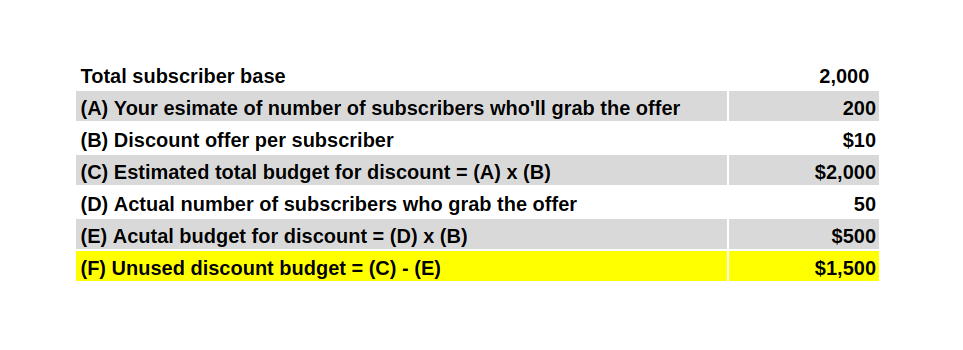
Key benefit: By deleting subscribers that aren’t active, your estimates become more accurate. What’s more, when the number gets smaller, you can probably make the discount offer more generous or more relevant.
Recommendation: Sometimes, a good offer can be turned into a great tool to win back ex-customers.
5. Brings a rational approach
If you’re the one who built the list (instead of someone else on your team), there’s a teeny weeny chance you’re clinging to the list just because you’ve spent money and time building the list.
By letting go of the inactive email subscribers, you are making a rational decision. Anything that doesn’t contribute to achieving your goals is a burden that’s best dropped.
Key benefit: The subscribers who are still on your list after you’ve popped out the unegaged, uninterested subscribers are the ones you should pay attention to. With a smaller number, you will find it easier to run tests and understand their motivations better. And this understanding is ultimately what will help you win them over.
Recommendation: You might want to put all of them on a separate mailing list and try sending a re-engagement email. If they still don’t respond, you know it’s time to drop them.
6. Creates quality email lists
Marketers, like some young people, have to battle peer pressure, albeit of a different nature. When people in your industry are talking about an email list that’s 40,000-strong, you might feel embarrassed of your email list of 7,625 subscribers. And as if that’s not enough, people suggest you prune down the list further!
To begin with, you have no idea how engaged your competitor’s 40,000 subscribers are. Worse still, the large numbers might have come from a purchased list – something that seasoned marketers would never recommend. Which is why it’s a good idea to have a subscriber email list that’s built through the opt-in process, even if the list is small.
Key benefit: A quality email list can help you develop a better marketing strategy. For instance, you can develop an Account Based Marketing (ABM) approach with the smaller list, because a smaller list can offer you better focus.
Recommendation: Prefer quality over quantity in your prospects’ list. That brings better results.
7. Helps review your sign-up CTAs
Whenever you try to improve your conversion rates, you look at the designs, offers, copy, and all that. But what if the root of the problem lies elsewhere?
Have you considered that you might be attracting the wrong audience in the first place? When your TOFU (Top of Funnel) isn’t right, your conversion rates will always be low, no matter what you do.
So one thing you do is delete the inactive subscribers, because they aren’t your correct target audience. That means you ought to review your sign up CTA.
Examine closely the promise you make while inviting to sign up. Is the promise consistent with your brand offering? Does your CTA make it clear what your emails will send across?
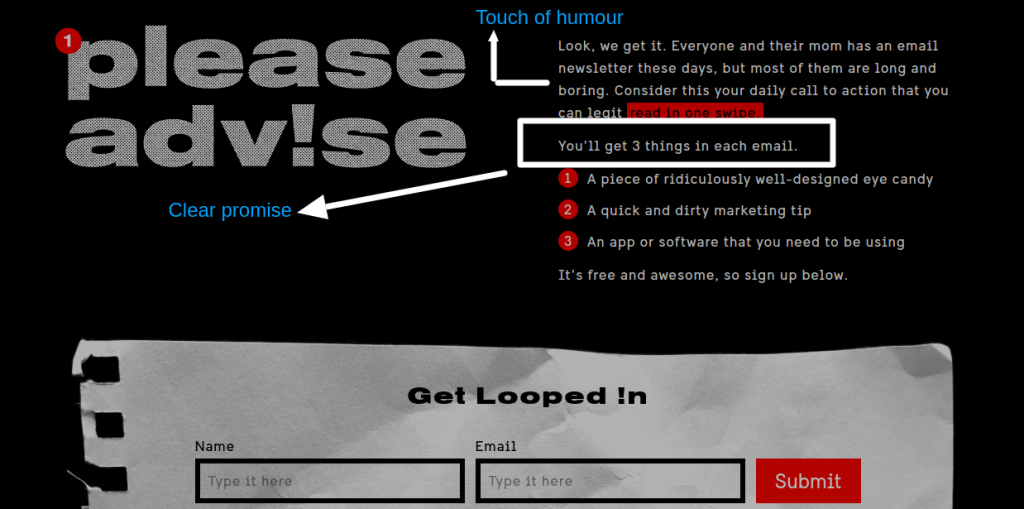
Key benefit: By reviewing and tweaking your newsletter sign up copy, you can make sure that you are setting precise expectations even while you highlight the value you offer. That way, you will get a better audience and your engagement will see a clear improvement.
Recommendation: Run A/B tests to learn more about your potential customers.
Summing up
While we definitely recommend you remove unengaged addresses from your subscriber list, you want to give it one last try. You can send a parting email to them that says something like ‘since your account has been inactive for more than three months, we’d like to ask you if you wish to stay on our email list’.
Sure, it’s not easy to remove subscribers you’ve spent so much resources to win. However, if you haven’t been able to engage them over time, it’s best to suppress those addresses and move on. By dropping the unengaged and inactive from your list, you will end up with a clean email list that will bring you better returns.

